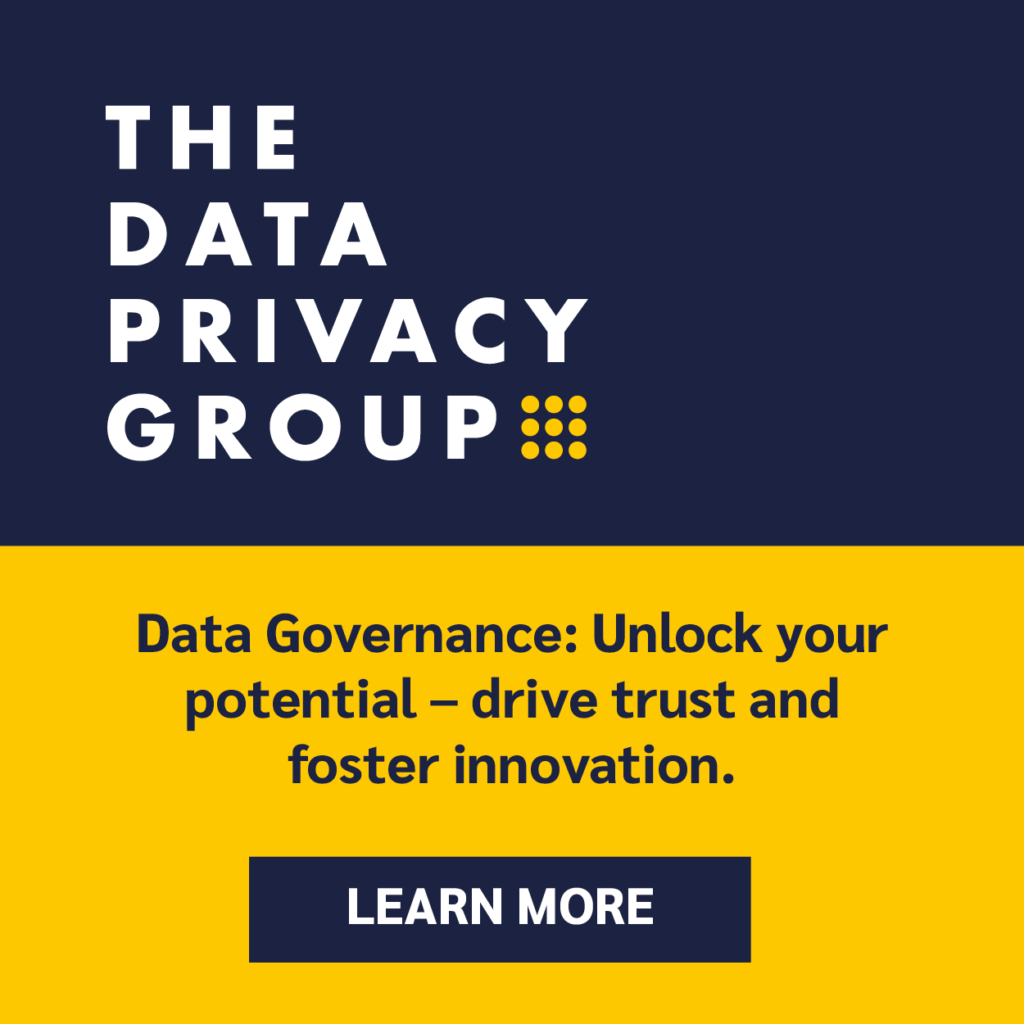There’s an old adage: You can’t manage what you don’t name. And then there’s its corollary: You can’t manage well what you don’t define explicitly.
How you define your program will influence your ability to manage it — to keep all participants on focus, in sync, and striving toward the same goals.

And so, as you choose words to go into the definition of your program, consider the people you need to manage. In performing Data Governance activities, what details will they focus on? Do they have a strategic or tactical perspective? Are they more comfortable with business or technical terminology?
Consider, for example, the definition of Data Governance introduced by the Data Governance Institute:
“Data Governance is a system of decision rights and accountabilities for information-related processes, executed according to agreed-upon models which describe who can take what actions with what information, and when, under what circumstances, using what methods.”
This is a general, all-purpose definition of Data Governance, focused at the mid-level managers who must come together to make cross-functional decisions, set policies, and execute on it.
It’s a little long, I confess. It highlights the “rules of engagement” components of the DGI Data Governance Framework. Why? When it was written and published, we wanted to provide an alternative to definitions that focused on authority and control structures, since we thought those definitions might not be accepted well in consensus-based cultures. .
Now look at some of the following definitions. Can you see how the way Data Governance is defined might influence how it is executed? Can you tell from the definitions whether it is aimed at executives, middle managers, or individual contributors? Can you guess what types of changes (to the organization, to processes, to power/authority structures, to data/metadata are being supported by Data Governance?
Data governance (DG) refers to the overall management of the availability, usability, integrity, and security of the data employed in an enterprise.
Data governance is the practice of organizing and implementing policies, procedures and standards for the effective use of an organization’s structured/unstructured information assets.
Source: www.sdn.sap.com…
Data Governance: The execution and enforcement of authority over the management of data assets and the performance of data functions.
Source: www.tdan.com/view-articles/5037
Data governance is the decision-making process that prioritizes investments, allocates resources, and measures results to ensure that data is managed and deployed to support business needs.
Source: www.b-eye-network.com/view/8393




